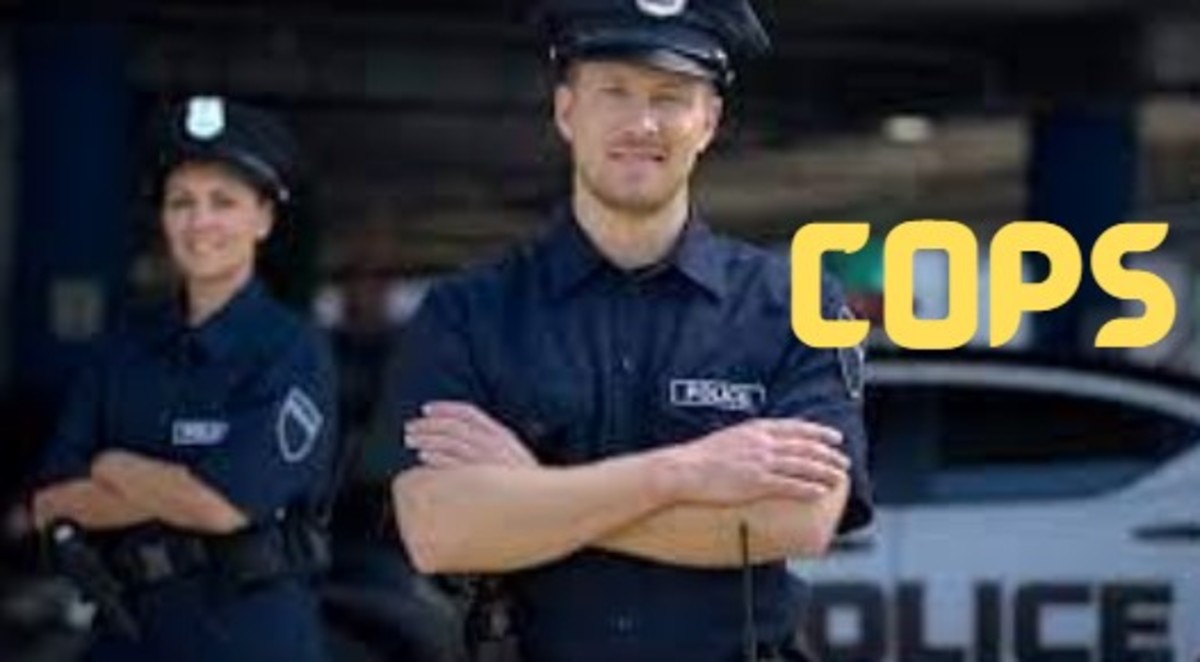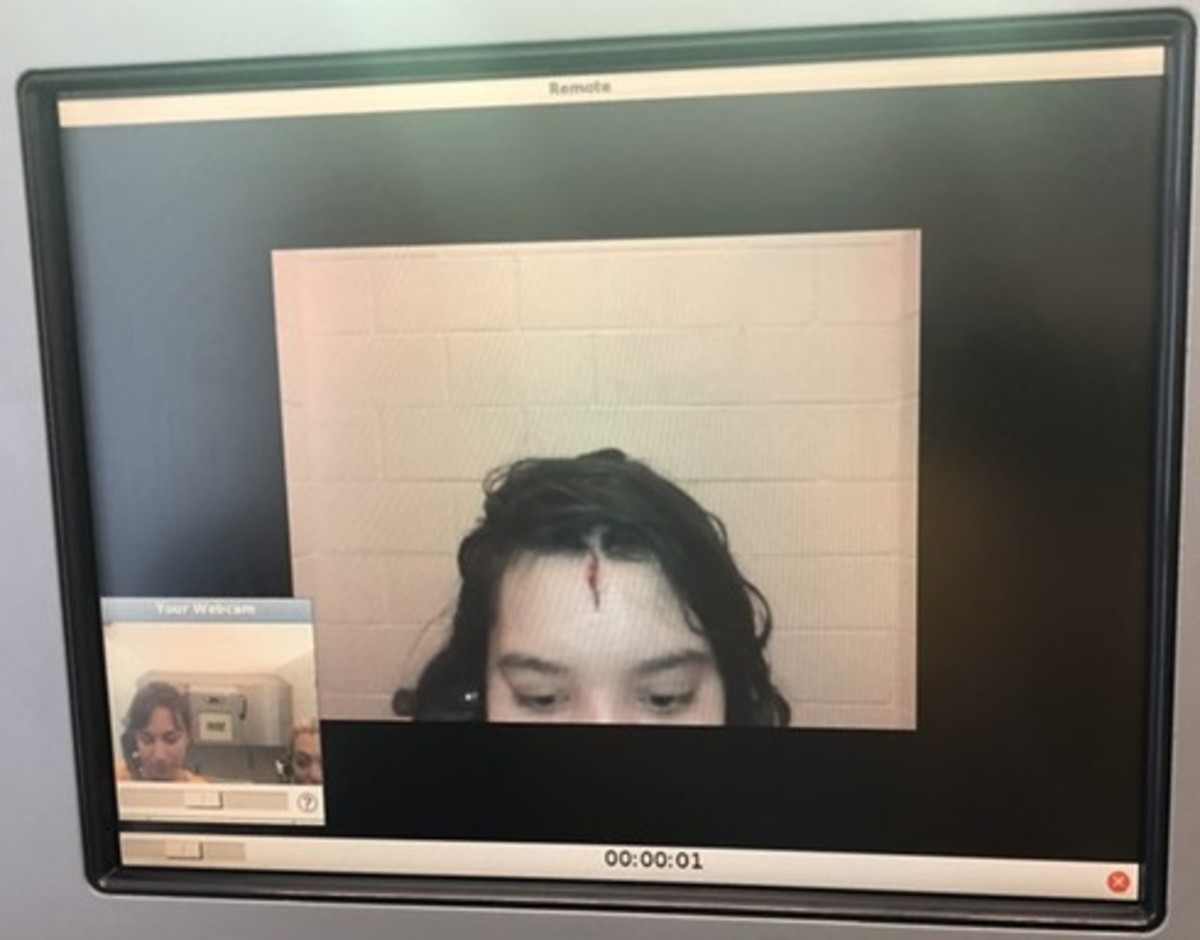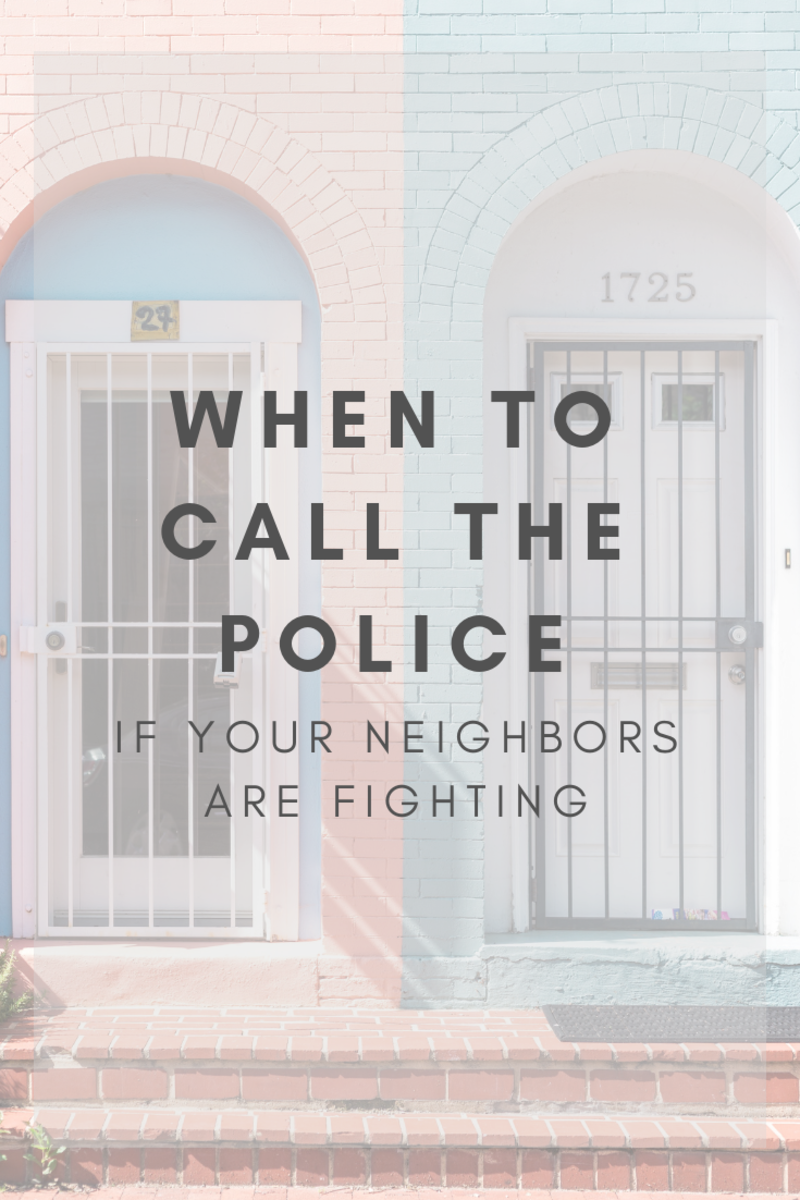Police Reform—Part II Training & Testing
Introduction
Police in the United States have killed over 900 people so far this year (http://www.theguardian.com/us-news/ng-interactive/2015/jun/01/the-counted-police-killings-us-database#). More than any industrialized country in the world. The need for police reform has never been more needed than today.

At home driver's education
Hit the Brakes! An allegory.
A 16-year-old tugs at his dad’s sleeve and begs to be taught to drive the car. Dad believes it is time, so promptly shows his son how to start the car, put it in gear, hit the brakes, etc. He even takes his son to a nearby parking lot and lets the youngster drive around the empty lot. After they get back home, dad jumps out of the car and turns to his son.
“Okay, boy, you are ready to drive. Go take it for a spin.”
As you might expect, the son promptly goes out and gets into a horrific traffic accident. For although dad taught him how to physically drive the car, he didn’t teach such concepts as who has the right-of-way, how to merge into traffic, what the various traffic signs represent and more.
The boy knew how to drive a car, but he didn’t know how to drive with other people around him.
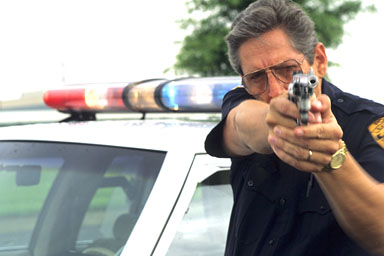
From teenage driver to armed police
This is the same scenario that plays out with police in the United States as it relates to guns. They are taught to use a gun, allowed some basic target practice and given a few rules to obey, then get handed a weapon and sent out into the world. They have no experience in having a gun while other people are wandering around them. They have no knowledge about when and when not to utilize said gun.
In fact, if anything, they are encouraged to turn to using the gun any time they encounter trouble such as the examples below:
- This is why we see cops shoot a man who has been pulled over for missing a front license plate (http://www.cnn.com/2015/07/29/us/ohio-sam-dubose-tensing-indictment/).
- Or when a dog gets a little too unruly (https://photographyisnotacrime.com/2015/10/florida-cops-murder-pet-dog-3-feet-from-terrified-homeowners/).
- When an unarmed teenager flashes his car lights at an officer (http://www.huffingtonpost.com/entry/teen-flashed-brights-dead-family-lawsuit_5620005ce4b028dd7ea73d53)
- Or if someone who the policeman has asked to see his license reaches into his truck to get it (http://www.salon.com/2014/09/26/watch_a_cop_shoot_a_black_man_for_reaching_for_his_drivers_license/).
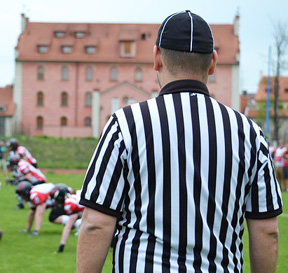
Watch your temper
When you watch a football game, look at the referee on the sideline. He's being constantly yelled at by fans or coaches, some standing right beside him. Typically, he does not respond at all as he's trained not to react. That's what we need with today's police.
A large number of police in this country do not have the temperament to wield a gun. They are often ex-high school football jocks who got all sorts of respect while in school, but now are shocked and angry when they don't automatically get that same respect today while on the force.
This is why today we see a large number of unarmed people shot and killed by police:
- A father is dragging son away from cop who then shoots the unarmed young man: http://filmingcops.com/i-held-my-son-while-a-cop-shot-him-to-death-pastor-devastated-after-cop-murders-his-mentally-ill-child/
- Policeman shoots unarmed robbery suspect in who is lying on the ground wounded from another officers shots: http://thefreethoughtproject.com/cop-charged-attempted-murder-standing-unarmed-suspect-shooting-groin/
- Policeman kills an unarmed teenager who is jumping on cars: http://www.cnn.com/2015/08/11/us/texas-dealership-shooting/
- Police kill unarmed man who has his hands raised up: http://www.democracynow.org/2015/7/17/newly_released_dashcam_video_shows_california
- Police officers shoot naked man wielding a stick (http://www.austinchronicle.com/news/2008-06-20/638463/)
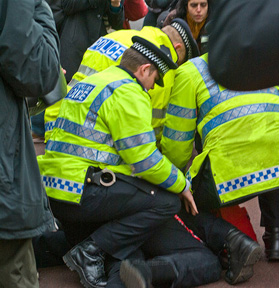
The European Example
In contrast, in Europe the police typically disarm people without shooting or killing them:
Two police in the UK disarm a man threatening them with a knife: https://www.rt.com/usa/311340-video-police-brutality-uk/
Four Swedish policemen vacationing in New York City break up a violent fight without harming anyone: http://thefreethoughtproject.com/watch-swedish-police-show-nypd/
German police use broom to disarm man wielding a sword: http://videosift.com/video/German-Samurai-Disarmed-By-Clever-Cop
In fact, the police in other western countries seldom fire their weapons at all and killing of civilians is almost unheard of in Europe. For example, in 24 years police in Wales and England killed 55 civilians, while in 24 DAYS in 2015 U.S. police have killed 59 civilians (http://www.theguardian.com/us-news/2015/jun/09/the-counted-police-killings-us-vs-other-countries)
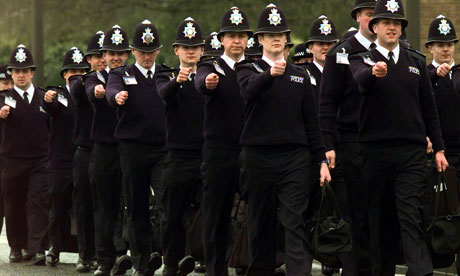
Police training
Do you believe the police in the United States are adequately trained?
The difference: Training
The reason for this disparity of outcomes is training and mentality/attitude.
To become a police officer in any of the other western industrial nations (Europe, Canada, Australia, New Zealand) it requires from two to three years to get certified to join the force. For example, in the UK it takes a minimum of two years of training to become a police officer (http://www.prospects.ac.uk/police_officer_training.htm) In Northern Ireland, the training requires those two years plus candidates must complete a four-week (25 hours) online course before that training even begins. In Norway, police must earn a degree from a three-year college before becoming officers (https://en.m.wikipedia.org/wiki/Norwegian_Police_Service#Education_and_employment).
Likewise, In Germany the training and education last three years, and it includes training in using a weapon—stressing NOT TO SHOOT. (http://www.takepart.com/article/2015/06/29/many-countries-police-rarely-use-their-guns-heres-why) A quote from this article explains this concept: “In every head of every policeman, there is the aim not to shoot,” says Col. Uwe Thieme, the four-star senior police director at the state’s office for education, training, and human resources.
Meanwhile in the U.S. the average amount of training is 15 weeks. Each city can be different, for example, Sacremento requires 23 weeks, while in North Carolina it’s 15 weeks. It actually requires more training to become a barber or hairdresser then to become a policeman in the U.S. The training ranges from 25 weeks to 40 (http://thefreethoughtproject.com/hairstylists-required-attend-significantly-training-cops/).
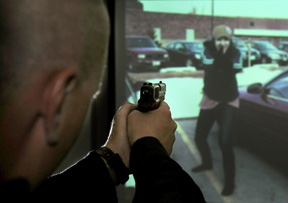
Another difference: Attitude
Besides training, the other major factor for why police in the U.S. use their weapons more than other industrialized police forces, is due to mentality and attitude. By this I mean here in the U.S. police are trained to think that the best alternative in a dangerous situation is to use deadly force.
As mentioned above, police are given training in how to use a weapon and practice using it. Some get up to 60 hours of training like this. Often this training includes a computer simulation, a form of a gauntlet scenario. They must wander down a street filled with miscreants and a few innocent bystanders. The police must wisely shoot the bad guys but not the innocent civilians.
Yes, this training can help a person to learn to respond quickly to a situation. And admittedly, police are often in situations where they must make split-second decisions. However, this type of training also begins to plant a seed in the officers head that whenever he walks down the street, he’s in a battle zone. That just around the corner is some evil guy waiting to shoot him. So with that seed growing in their subconscious, it explains why police so quickly turn to using that gun, even if the civilian is unarmed. The training to teach them to respond quickly to a dangerous situation hasn't worked. Or at least, can't override that idea that they are facing a world of "thugs."
As noted above, this is different overseas. Sure, they are taught how and when to use a weapon, but more importantly, their training stresses how to avoid that situation ever happening (http://www.dw.com/en/why-german-police-officers-rarely-reach-for-their-guns/a-17884779). They realize that once you get in your head that you must react a certain way in stressful situations (pull your gun, shoot the evil guy) you are likely to fall back on that instead of trying some alternative.
"Many officers aren't aware of the fact that they're dealing with mentally ill people. We need them to be trained more soundly."
— Thomas Feltes, a criminologist at the Ruhr University BochumHow to correct the problem
The United States must change how police officers are trained. As noted above, too often police departments rely on the easiest and cheapest way to train officers: they require less time for training. The best way to have a more efficient and less violent police force is to implement this:
- Each state must have a standard for training of police officers to be licensed within the state. It cannot be left up to individual cities/counties. In other words, the training for a police officer in Austin would be the same as one in Dallas.
- Training would be for a minimum of two years at a state sanctioned academy. At least 1/4th of the training should be actual fieldwork. A large portion of this should include training to interact with the community—without the use of a weapon.
- Increase training in self-defense without use of a weapon.
- Increase training in how to diffuse a dangerous situation.

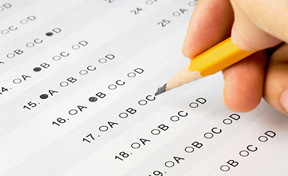
Step 2: Mandatory test to use a weapon
In the movie “Blade Runner” people were given the “Voight-Kampff test” (http://www.allthetests.com/quiz30/quiz/1386100782/Voight-Kampff-test-questions) to see if they were human or android. In one scene, a person taking the test gets so angry at the question, he kills the man giving the test. Yes, he was an android. (for fun, take the test here: http://www.bfi.org.uk/are-you-a-replicant/) .
Although we don’t need to test people to see if they are human or not, we do need to test a person who wants to become a police officer to determine suitability for carrying a weapon. So besides improving training of police officers we need to ensure that the person we allow to join a police department isn’t a hothead who will use a weapon on someone because his wife yelled at him before he left home that day.
The test would be some form of psychological evaluation to determine attitude as well as likelihood that a person might be unsuitable to carry a weapon.
Failing this test should not necessarily keep a person from joining the police force. It should only prevent the person from carrying a weapon. If the person passed the above academy but failed this test he/she could still be employed.
With this in mind, half of today's police force should be disarmed. Not because they are not mentally stable enough to use a weapon wisely, but because the majority of encounters with civilians does not require a weapon. If the person wanted to carry a weapon, the person could be eligible for a retest after six months if he/she performed without incident in the field. Also, although current police officers should be "grandfathered in" so they don't need to go through the new training standards--they should be required to pass the psychological assessment in order to continue to carry a gun. If they don't pass they are not dismissed, just reassigned to a non-weapon division.
Do you feel safe?
Would you feel safe if an armed police officer walked toward you with a hand on his holstered weapon?
Conclusion
In many cases in which police shoot civilians, those police officers state that they "feared for their lives." Since a large percentage of those shot are unarmed, it means that police training is embedding in the recruits' minds that they will be constantly under attack; that they are going out into a war zone; every encounter could be dangerous. They are taught to be fearful. On the other hand, the training in other countries teaches recruits how to be prepared for dangerous situations, but also how to face common day-to-day encounters that are not dangerous and how to better interact with the civilian population.
What all of this boils down to is that police departments need to change the structure of how they carry out some of their duties. In Police Reform—Part 1 I talked about removing traffic duties from the police department and giving them to an unarmed city department. Part 3 of police reform will include suggestions on how a police department should be structured. For example, half of the department should be unarmed; there should be a rapid-deployment division that includes armed officers (not a SWAT team), etc. Current police forces have detectives, swat teams, police in uniform and other groups/divisions. Maybe there should be a different way to organize police forces.

![Driving Simulation and Road Rules Test Preparation - 2021 SimuRide Home Edition - Driver Education [Interactive DVD]](https://m.media-amazon.com/images/I/51KGD7CxL2L._SL160_.jpg)

